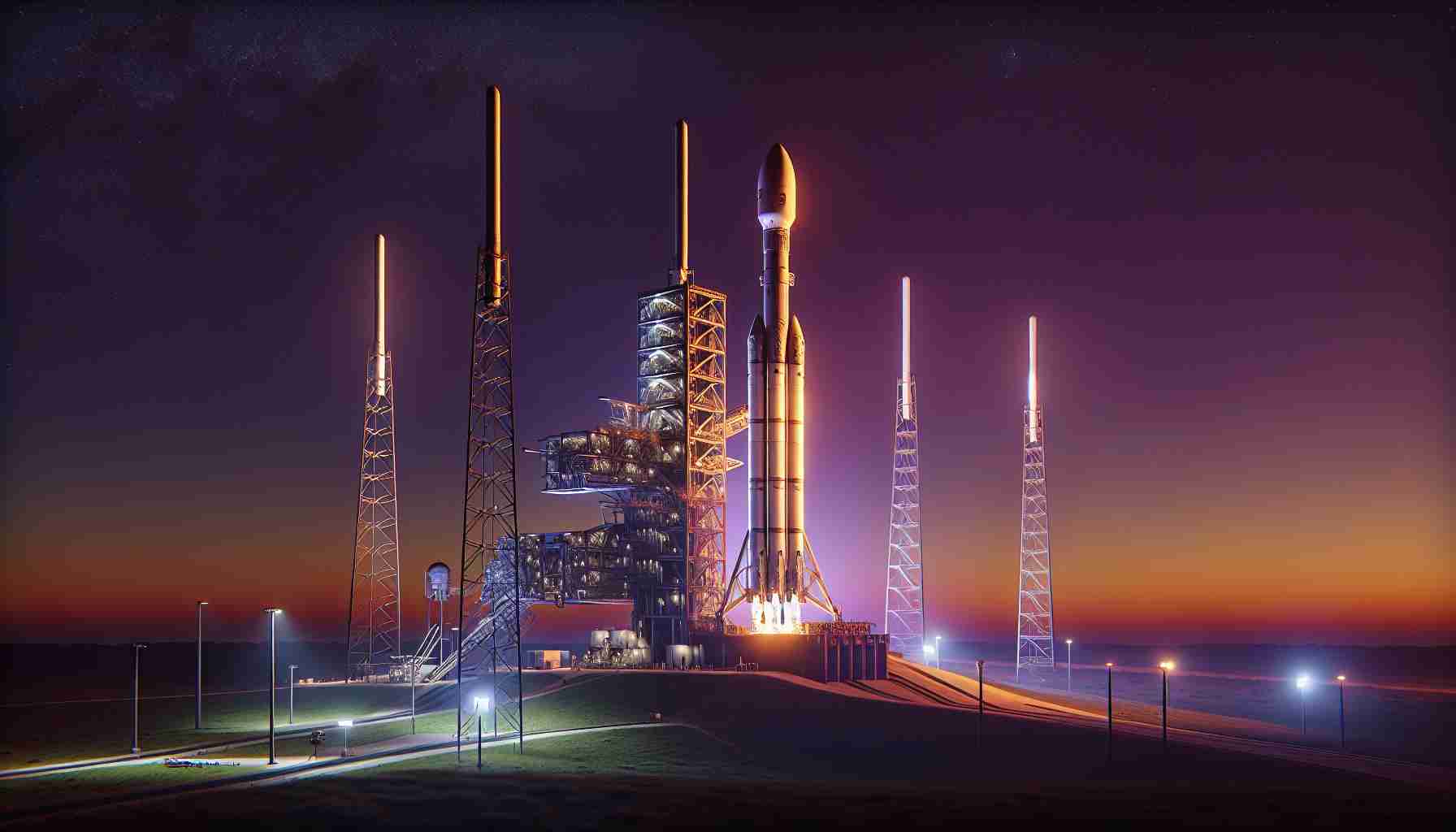
SpaceX is preparing for an exciting mission scheduled for Friday night. The aerospace company plans to launch its Falcon 9 rocket equipped with a payload of 20 Starlink satellites. The liftoff is set for 7:31 p.m. from the Space Launch Complex 40, located at Cape Canaveral Space Force Station.
Among the satellites, a noteworthy feature includes thirteen units that will provide Direct to Cell technology. This capability marks a significant advancement in satellite communication, boosting connectivity for users on the ground. In addition to this launch, SpaceX has planned another opportunity for Saturday, October 19, at 7:06 p.m.
https://youtube.com/watch?v=E1uVzfQG_Yo
This mission will be particularly significant as it marks the 17th flight of the first-stage booster. Previously, this booster has successfully completed missions, including the launch of OneWeb 2 and eight other Starlink missions, demonstrating its reliability and efficiency. Following its ascent, the first stage of the Falcon 9 rocket will return to Earth, landing on the Just Read the Instructions drone ship stationed in the Atlantic Ocean.
The continued launches emphasize SpaceX’s commitment to expanding satellite internet coverage and enhancing global communication networks. For live updates and further information, viewers are encouraged to access news and weather applications or to stream updates live.
Upcoming SpaceX Falcon 9 Mission Set for Friday Evening
SpaceX is gearing up for another ambitious mission scheduled for this Friday evening, October 20, 2023, with the launch of its Falcon 9 rocket from Cape Canaveral Space Force Station. This mission aims to deploy a payload of 20 Starlink satellites into low Earth orbit, a crucial step in enhancing global internet connectivity.
Critical Questions Surrounding the Launch
Several key questions arise as the launch date approaches:
1. What is the significance of the Direct to Cell technology?
– Direct to Cell technology allows satellites to communicate directly with mobile devices without the need for traditional ground stations. This breakthrough could significantly improve connectivity in remote areas and during emergencies.
2. How does the Falcon 9 first-stage booster’s performance impact future missions?
– The Falcon 9’s first-stage booster has flown 17 missions, showcasing its reliability. The successful reuse of booster stages not only lowers costs but also accelerates the pace of satellite deployment and other space missions.
3. What are the environmental implications of deploying more satellites?
– Increased satellite launches raise concerns about space debris and light pollution. As the number of satellites in orbit continues to grow, the risk of collisions and their impact on astronomical research becomes more pronounced.
Key Challenges and Controversies
SpaceX’s rapid deployment of Starlink satellites is not without its challenges. One major challenge is managing space debris. With thousands of satellites projected to launch in the coming years, the risk of overcrowding low Earth orbit is a growing concern among astronomers and policy makers.
Additionally, there are controversies regarding the effects of satellite constellations on night skies. Many astronomers have raised alarms about light pollution, which can hinder ground-based observations of celestial events.
Advantages and Disadvantages of Starlink’s Expansion
The expansion of SpaceX’s Starlink network offers numerous advantages, including:
– Improved Internet Access: Direct to Cell technology could revolutionize internet access for users in underserved and rural areas, providing connectivity that was previously unavailable.
– Economic Growth: Enhanced connectivity can drive economic growth by facilitating remote work, online education, and access to digital services.
However, there are notable disadvantages:
– Environmental Concerns: The accumulation of space debris poses a significant risk, potentially endangering both existing satellites and the International Space Station.
– Contention with Astronomical Observations: Increased satellite visibility can interfere with astronomical observations, complicating scientific research and our understanding of the universe.
Looking Ahead
As the Friday launch approaches, enthusiasts and industry observers alike will be watching for any updates. The success of this mission will not only contribute to the growing Starlink constellation but also help set the stage for future advancements in satellite technology.
For more information about SpaceX and its missions, please visit SpaceX.



